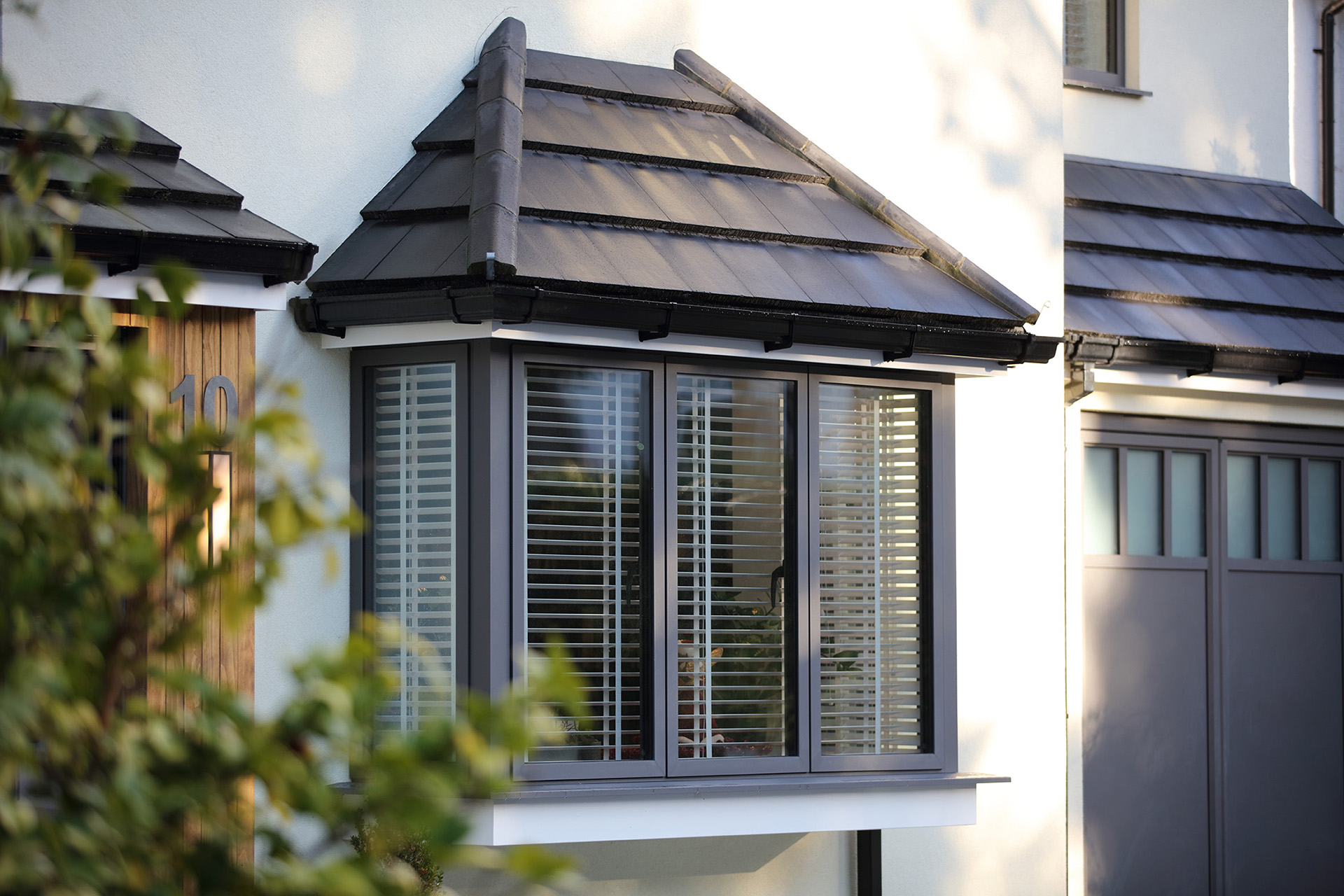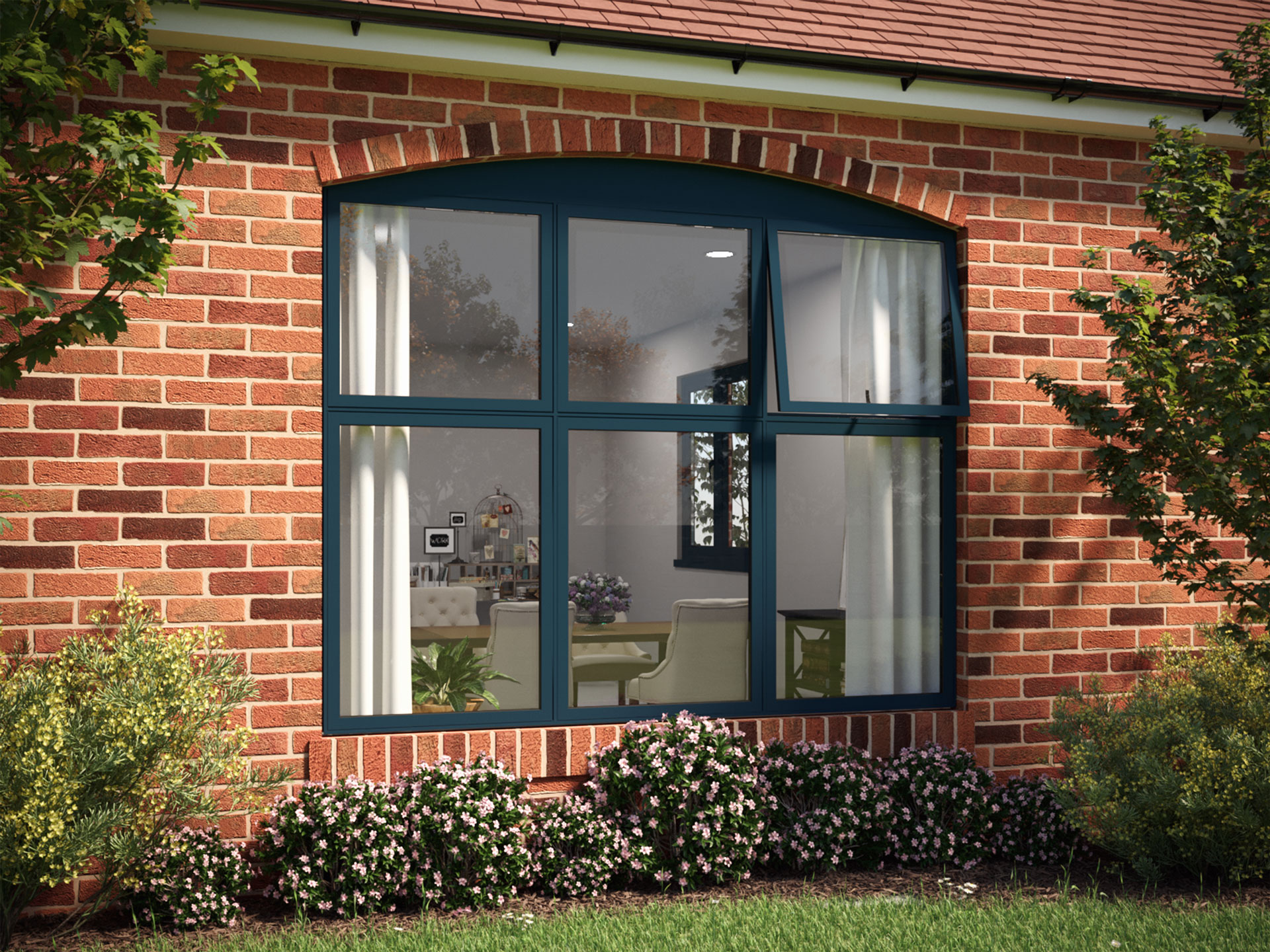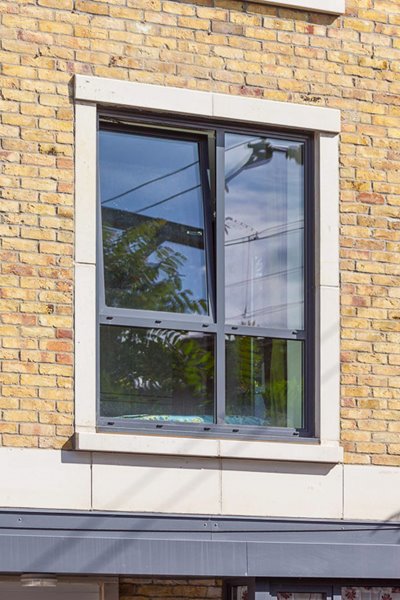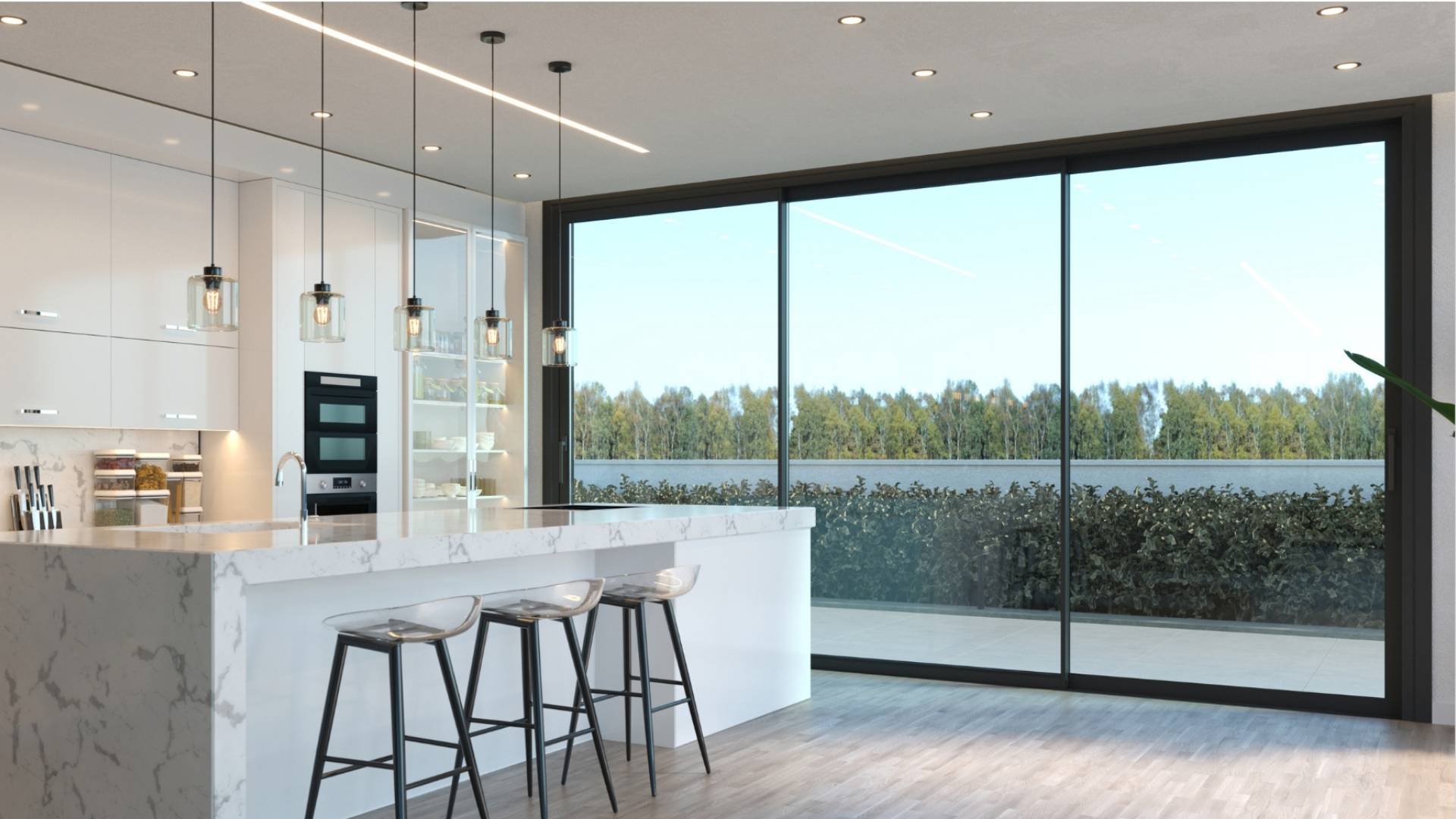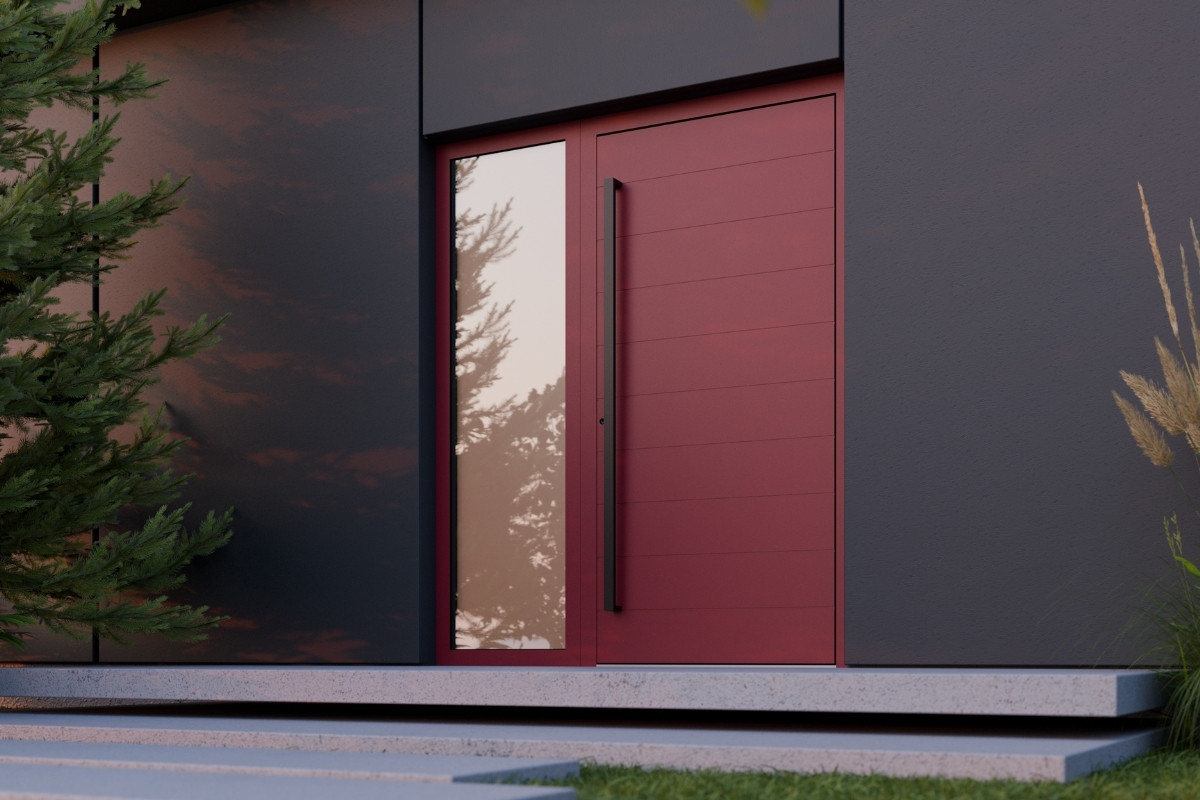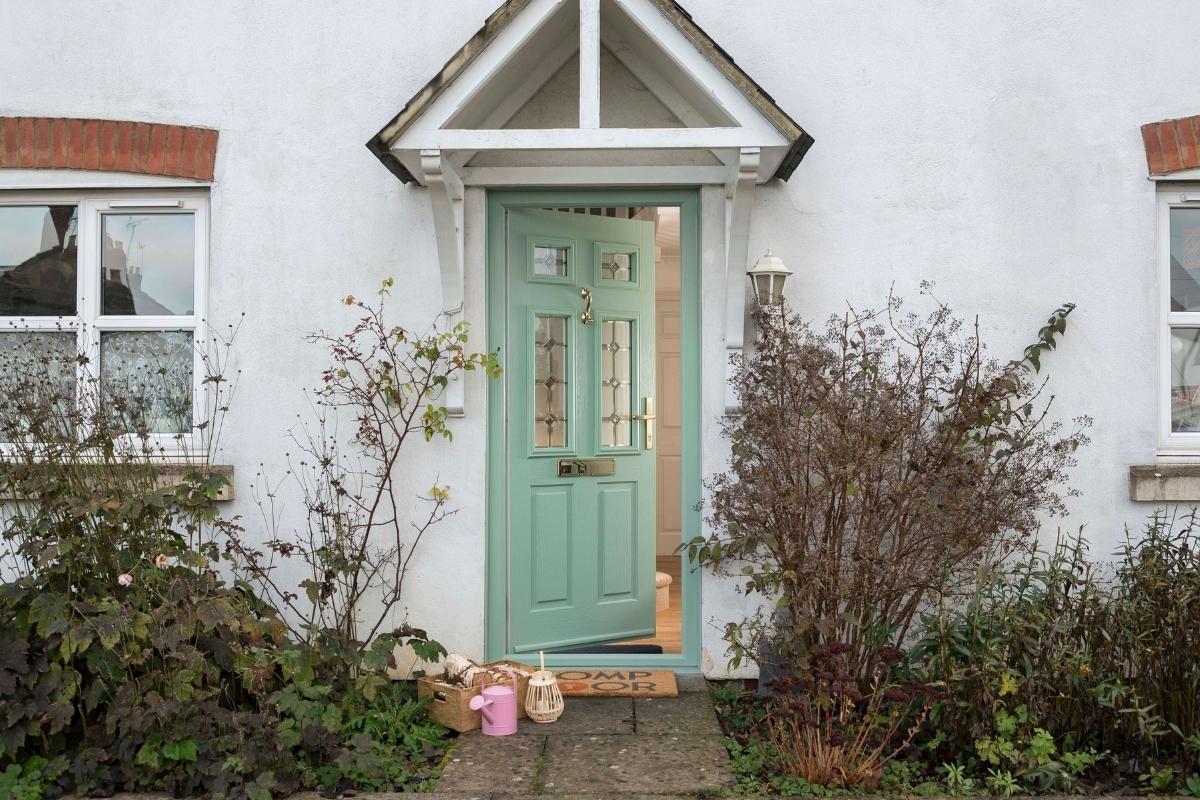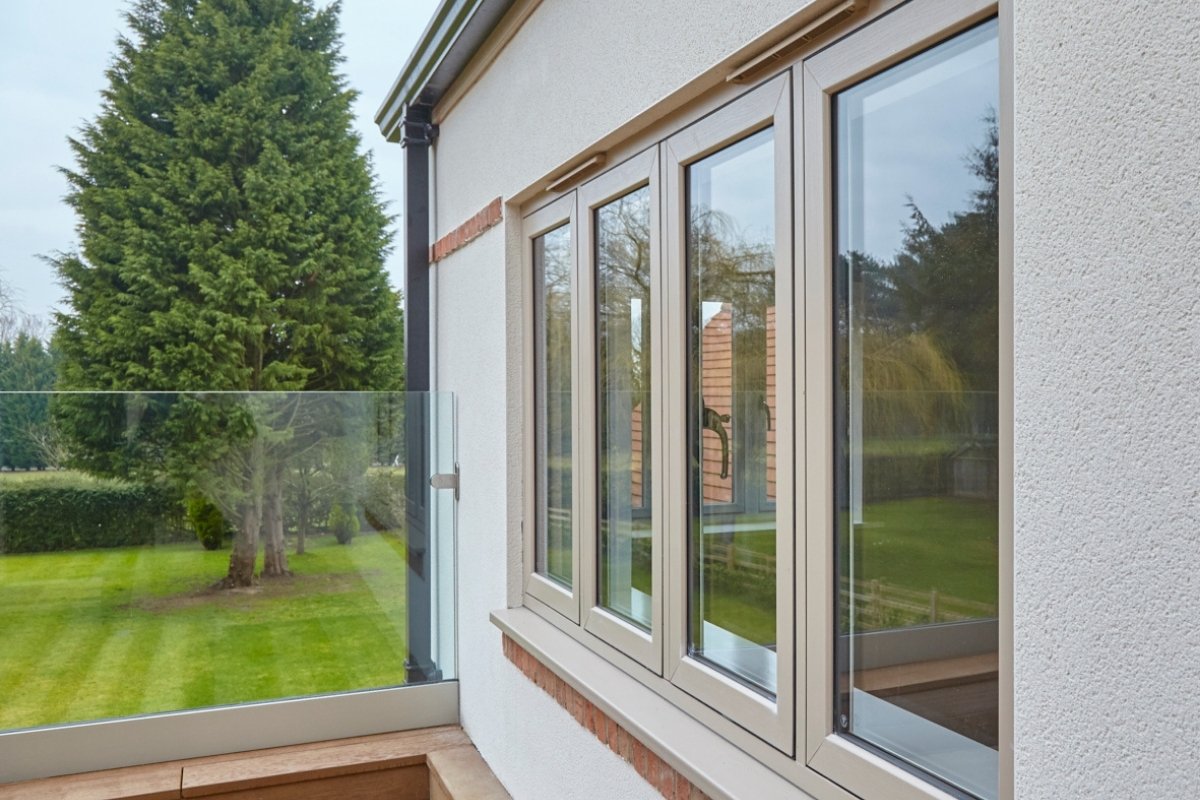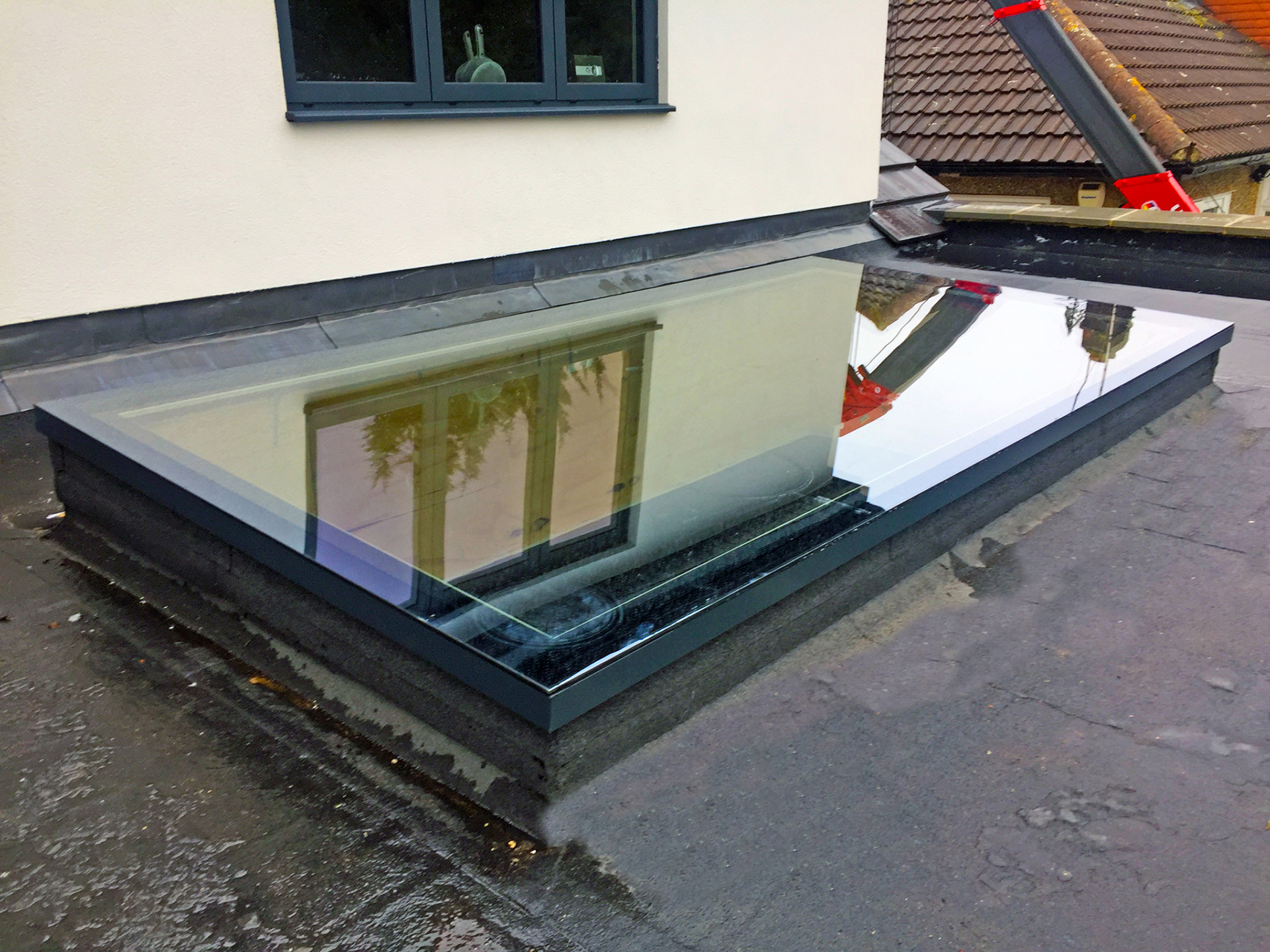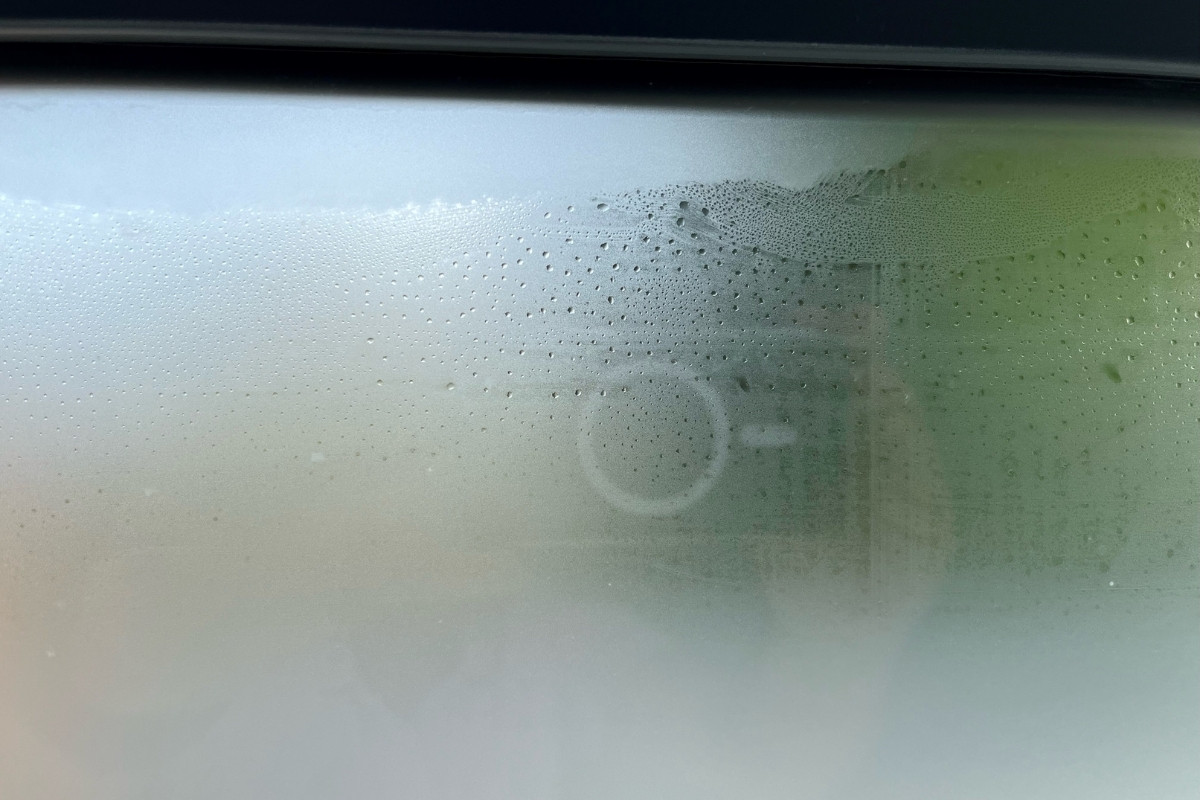Window Condensation: Everything You Need to Know
What is Window Condensation?
Condensation is a result of a gas, such as water vapour, transforming into a liquid state.
This most commonly occurs on surfaces – in this instance, your window – that have cooled down enough to reach a certain threshold, known as the dew point.
The dew point is the temperature at which the air becomes fully saturated with moisture.
Window condensation isn’t limited to colder conditions, it can also form in warmer or humid conditions.
In cooler settings, the same effect can occur if the air feels dry.
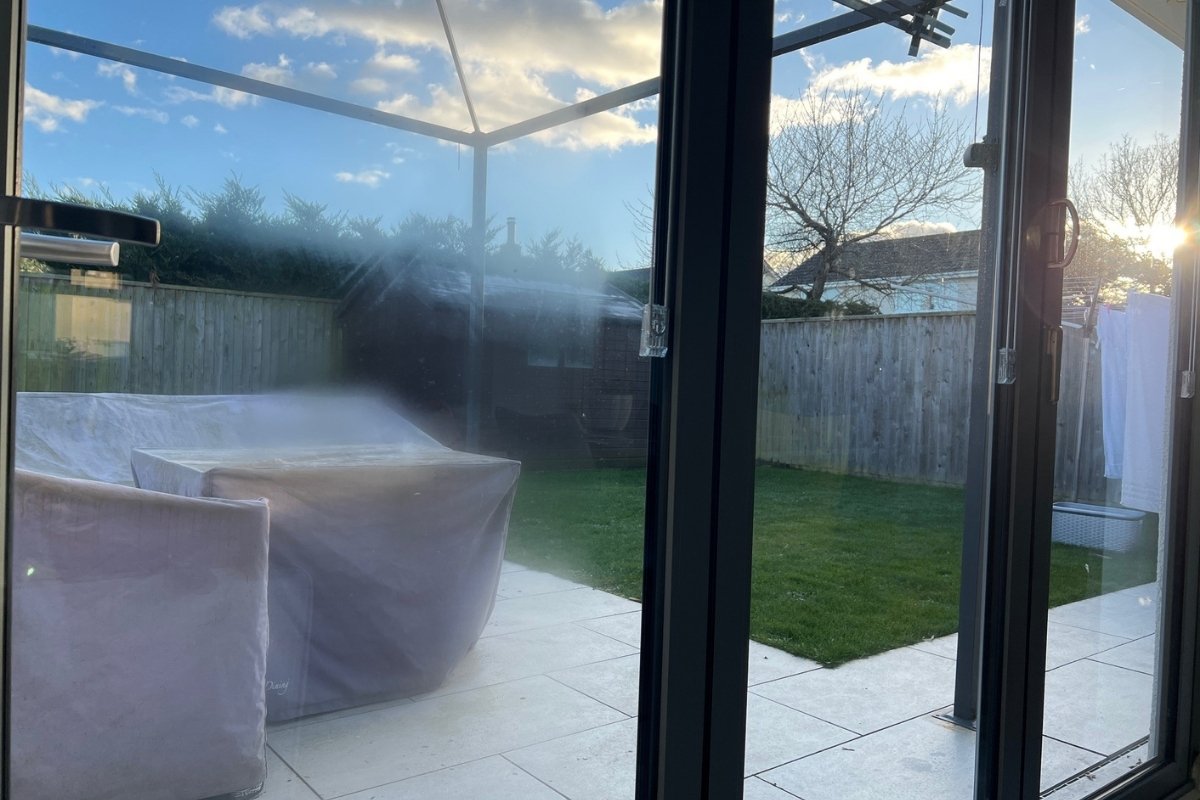
Why am I experiencing condensation on my windows?
Condensation can happen in different locations throughout your home. It is most commonly associated with windows, but is not limited to these areas and can also impact your walls and ceilings.
If you’re experiencing condensation on your windows, it’s important to ascertain the area of the window unit that is condensating and why it is happening.
Internal Window Condensation
The most common form of condensation on windows is when pools of water form around the internal corners of your glazing.
This can happen when the temperature of the glass drops too low compared to the water vapour content of your room’s atmosphere.
If left untreated, this can be detrimental to both yourself and the long-term structural integrity of your window.
External Window Condensation
It’s possible to experience condensation on the external side of your glazing.
However, don’t panic if you see this. It can be viewed as a positive sign and signifies that your glazing is having the desired effect.
Condensation can form on the external side of your glass when its surface temperature drops below the dew point temperature.
This can happen frequently because the internal panes of a double or triple-glazed unit prevent heat loss from within your home.
This can be more common during the early mornings of colder months of the year and should clear naturally throughout the day as temperatures rise.
Condensation within the Cavity
The cavity of a glazed unit can experience condensation. However, this is only possible if damp air has penetrated a gap in the seal.
A double-glazed window is a sealed unit designed specifically to prevent any air from passing through.
If you’re experiencing condensation within the cavity, this indicates that the seal has been compromised and the unit is no longer airtight.
Once a seal has failed, it cannot be restored, and the only solution available is to replace the whole unit.
Is condensation bad for windows?
Continuous condensation can impact the structural integrity, performance and aesthetic appeal of your windows over time.
Depending on the material of your window, you could also experience rotting, discolouring and a reduced lifespan.
Condensation can also negatively impact your health. Pools of water left to sit on your windows for an extended period can encourage mould growth, which can have serious health implications for homeowners.
How to remove condensation from your windows
Water build-up should be cleared from your windows at your earliest possible opportunity. Avoiding pools of water sitting on your windows for long periods of time is paramount to prevent any long-term defects to the product.
To safely remove it, use a clean, dry cloth to wipe away excess moisture.
Ensure the area is left dry to help protect your windows in the short and long term.
Sources of Condensation
New Build’s ‘Drying Out’ Phase
New build properties are not immune to condensation. However, if you do experience condensation in a newly built property, this may not be a reflection of your window’s performance.
When a new home is built, the sheer volume of liquid materials used during the build means excess moisture can be trapped inside the building.
This moisture needs to escape and pass naturally over a period known as the ‘drying out’ phase.
Regular ventilation will support this, and most developers suggest this can take between six to 12 months.
Cooking Steam
Simple everyday tasks like cooking with a saucepan or boiling the kettle in our kitchens can be a common source of moisture build-up.
You can better manage this by using lids to cover saucepans when cooking, opening a window or using an extractor fan if one is available while cooking.
Drying laundry inside
An increasingly common source of moisture build-up inside your home comes from drying wet laundry inside.
Where possible, you should always aim to dry wet washing outside. However, with the unreliability of the British weather, we know this can sometimes feel impossible.
If drying clothes inside becomes unavoidable, do so in a well-ventilated room and consider using additional tools like a dehumidifier to assist with controlling moisture levels.
How do you prevent condensation on windows?
There are several steps you can take to prevent condensation in your window.
Increase natural ventilation
Regular natural ventilation is crucial to reducing and managing your home’s moisture levels. We would recommend that you open your windows for between five to 20 minutes every day.
It’s important to do this regularly, even during the colder winter months, to release any built-up moisture and hot air trapped inside your home.
Opening your windows allows cooler air to enter your home. Cooler air is easier to heat compared to warmer air that has been built up over time in your home.
Keeping trickle vents open throughout the day, in line with any product warranties, can also allow for additional ventilation throughout your home.
Upgrade to Double or Triple Glazing
Older single-glazed units can be particularly pertinent to condensation, as there is less protection from heat loss in colder conditions.
Upgrading to double or triple glazing will offer greater protection against condensation and improve your thermal performance.
Ventilate rooms equally
If you’re experiencing condensation in one specific room or area within your house, it could be a result of uneven heating or ventilation.
If you have empty rooms or areas of your home that are not used as frequently, don’t be tempted to heat or ventilate them any less than other busier areas of the property.
Built-up moisture can travel throughout your home, so it is important to ensure the whole property is ventilated equally.
Long-term solutions to stop window condensation
Unfortunately, there are no immediate short-term fixes for condensation. Because the source of the condensation can vary, as outlined above, it is important to have a regular care and maintenance routine for your windows.
Regular ventilation is paramount, but there are also additional tools like dehumidifiers or hygrometers – a tool used to track a home’s humidity levels that will help you on your way.
If you have any concerns about condensation on your windows or would like to learn more about how an upgraded window system could improve your home’s thermal performance, please don’t hesitate to contact our team for more information.

